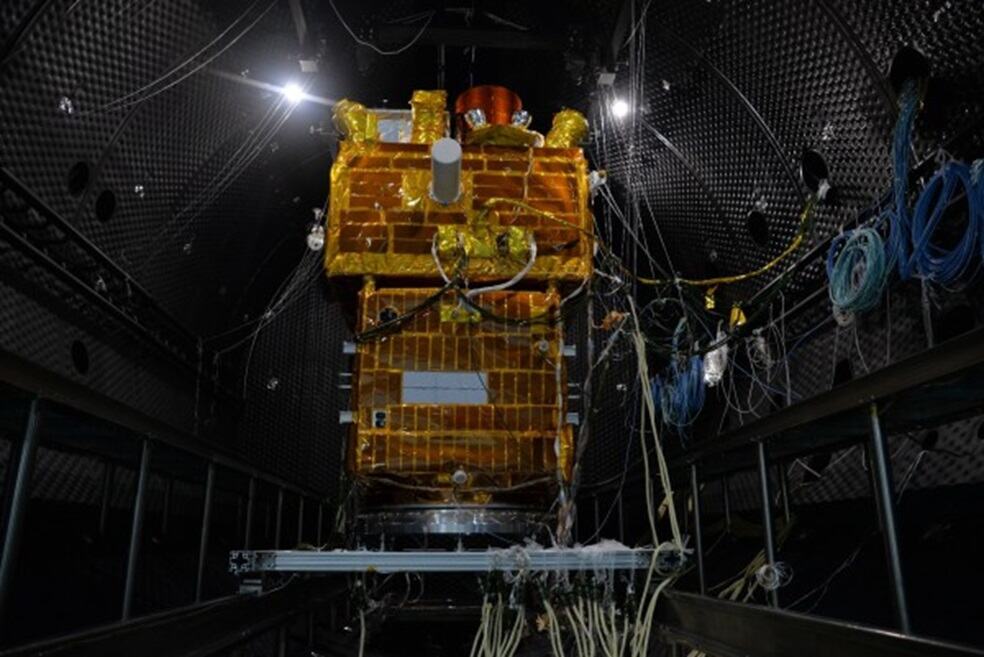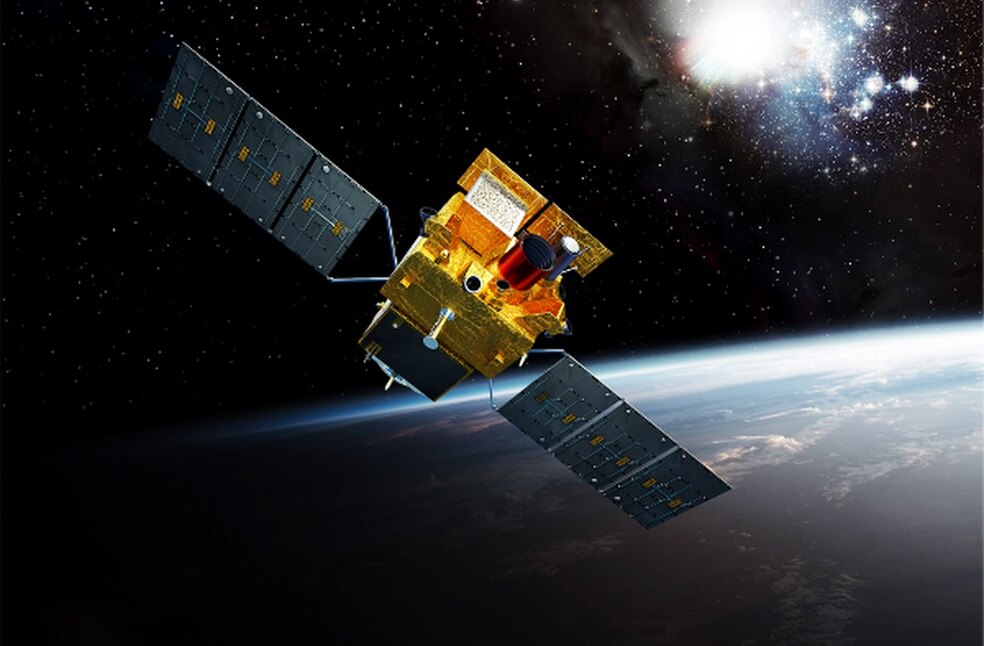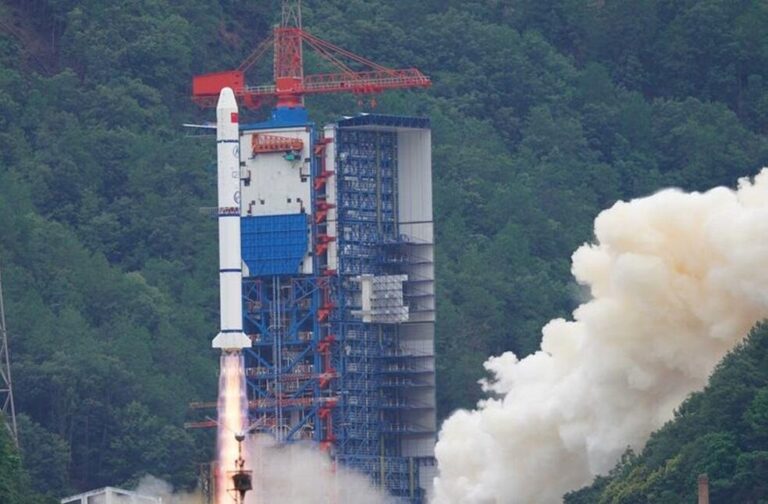China: China has launched an astronomical satellite, developed over nearly 20 years by Chinese and French scientists, to capture gamma-ray bursts from the farthest parts of the universe.
According to the China National Space Administration (CNSA), a Long March-2C rocket from the Xichang Satellite Launch Center in southwest China’s Sichuan Province launched the satellite, the Space-based Multi-band Variable Object Monitor (SVOM), at 3:00 p.m. (Beijing Time).
The satellite was launched into an orbit more than 600 kilometres above Earth with a five-year design life, but experts anticipate that it may remain in use for up to 20 years.

The SVOM, developed by engineers in both nations, will look for gamma-ray bursts, the light from which has come to Earth after billions of light years.
Typically, gamma-ray bursts follow the explosion of massive stars, which are stars larger than 20 times the sun, or the merging of compact stars.
The energy surge from the incredibly light cosmic beams is greater than that of nearly a billion billion suns.
The rays’ remnants from the gas clouds and galaxies they travel through in space provide important information about the origins and development of the cosmos.

Five percent of the universe’s current age, or 630 million years after the Big Bang, caused the most distant bursts found to far.
After analysis, the data may provide new insights into the dynamics of gas clouds, other galaxies, and the makeup of space itself.
The French and Chinese space agencies, along with additional scientific and technical entities from both countries, collaborated on this project.
This degree of space cooperation between the West and China is quite rare, particularly since the US barred any cooperation between Beijing and NASA in 2011.



